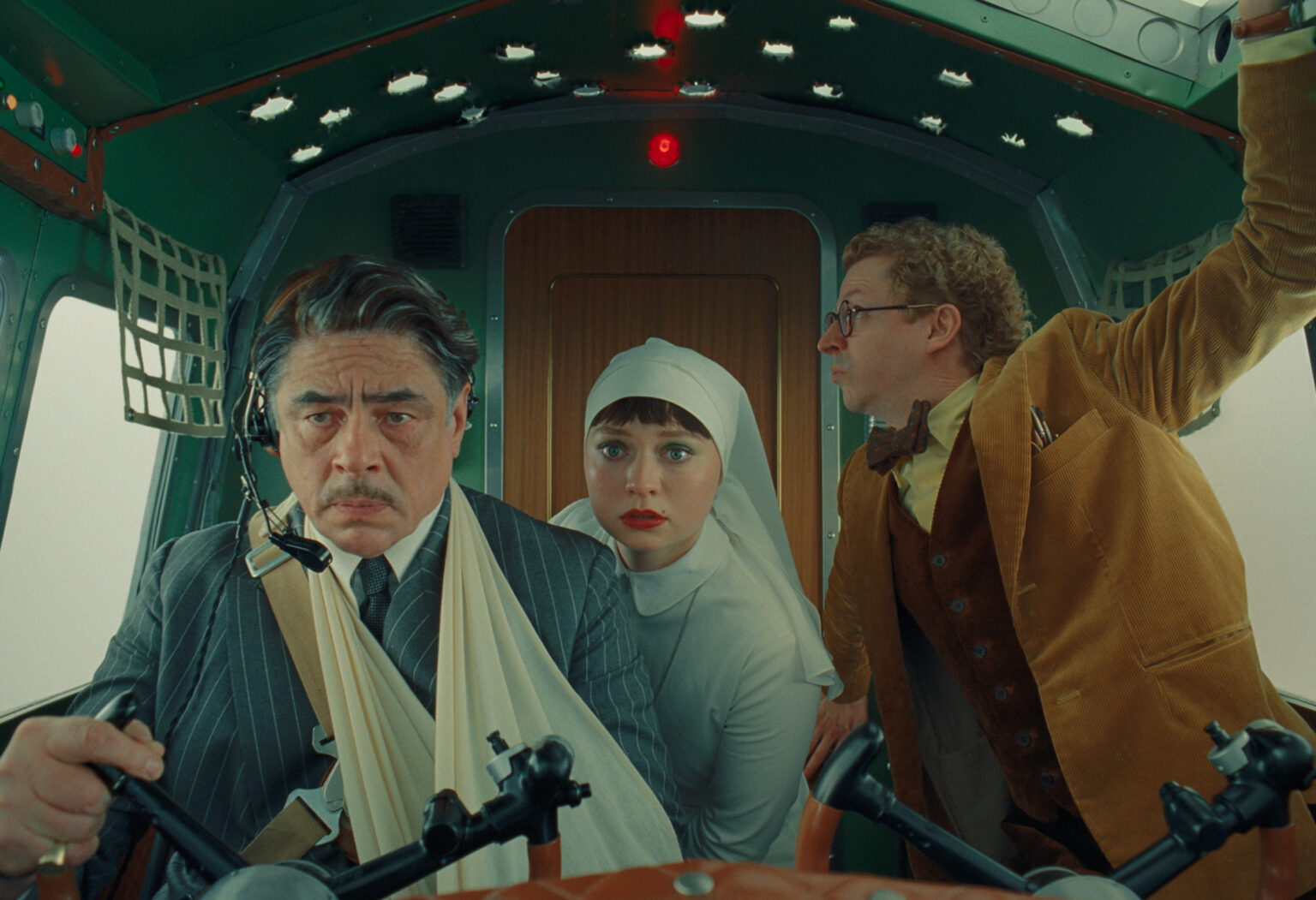Wes Anderson: A Beacon in the Decline of Traditional Cinema
As the narrative of American moviegoing’s downturn unfolds, one figure stands out as a rare beacon of hope: Wes Anderson. Amidst a landscape plagued by dwindling theater audiences and a mass migration toward streaming platforms, Anderson’s films have consistently served as a compelling reason for viewers to return to the cinematic experience. Like renowned directors Christopher Nolan and James Cameron, Anderson has established himself as a dependable brand-an auteur whose name alone can draw crowds.
The Signature Style of Wes Anderson
Anderson’s distinctive visual and tonal signature-characterized by symmetrical compositions, meticulous framing, and a quirky, eccentric sensibility-has become his hallmark. His films are often rich with cultural references, playful aesthetics, and a fetishistic attention to detail. While this approach has often prioritized arresting imagery and nostalgic allusions over narrative depth, it undeniably creates a unique cinematic universe that fans eagerly embrace. Recent works such as The French Dispatch and Asteroid City exemplify Anderson’s love for retro-chic aesthetics and elaborate set pieces, showcasing his playful exploration of style.
The Artistic Merit and Limitations
Despite the visual splendor and inventive storytelling, critics and audiences alike have begun to question whether Anderson’s films offer more than surface-level charm. His work, rooted in a nostalgic longing for a bygone era-an almost theatrical, fairy-tale-like world-can sometimes feel like a self-referential playground. Even his acclaimed 2023 short film, The Wonderful World of Henry Sugar, leaves viewers pondering: when will Anderson channel his talents into a project that truly captures the essence of his storytelling genius? Perhaps a Broadway adaptation of The Royal Tenenbaums could be the next logical step.
A New Andersonian Adventure: The Phoenician Scheme
In the meantime, Anderson continues to craft engaging narratives, such as his latest feature-length film, The Phoenician Scheme. This lighthearted, picaresque tale manages to weave themes of greed, morality, and spiritual longing into its whimsical fabric-albeit from a distance. The film, co-written with Roman Coppola, transports viewers to a stylized 1950s universe, shot with lush clarity on 35mm film by Bruno Delbonnel. Its world-building is more central than the plot itself, emphasizing Anderson’s signature aesthetic over narrative complexity.
Plot and Characters: A Satirical World of Excess
The Phoenician Scheme follows industrialist and arms dealer Zsa-Zsa Korda (Benicio Del Toro), who, while flying over the Balkan plains, is suddenly struck by an existential crisis. His reflections on mortality lead him to seek counsel from his daughter, Sister Liesl (Mia Threapleton), a novice nun tasked with managing his sprawling, morally ambiguous empire. Korda’s ambitious plan to exploit the resources of Phoenicia underscores the film’s critique of greed and unchecked capitalism.
The film’s cast features familiar Anderson collaborators-Tom Hanks, Jeffrey Wright, Willem Dafoe-alongside new faces like Bryan Cranston, Michael Cera (who impressively adopts a Norwegian accent), and Threapleton. Her portrayal of Sister Liesl, with her innocent yet perceptive demeanor, hints at a deeper understanding beneath her composed exterior. The film explores fractured familial bonds and the lingering wounds of love, echoing themes from Anderson’s earlier works like The Royal Tenenbaums.
Stylistic Flourishes and Thematic Depth
Visually, The Phoenician Scheme is a feast for the eyes-an ode to mid-century kitsch, captured with exquisite detail and vibrant color. Delbonnel’s cinematography enhances the film’s nostalgic atmosphere, while Del Toro’s energetic narration guides viewers through a labyrinth of zigs and zags, digressions, and eccentric characters. The narrative, though seemingly chaotic, is a carefully curated chaos-an elaborate shaggy-dog story that resembles a poised, well-groomed poodle adorned with a pink bow.
Characters and Cultural Commentary
The film’s characters navigate a world of absurdity and excess, with many embodying Anderson’s recurring themes of disconnection and moral ambiguity. Threapleton’s Sister Liesl, with her sharp dialogue delivery, injects emotional authenticity into the stylized universe. Meanwhile, Del Toro’s Korda embodies a figure of privilege and moral detachment, asserting, “I don’t need my human rights,” as he dismisses the consequences of his actions. Yet beneath this bravado lies a character wrestling with guilt, conscience, and the allure of material wealth.
The Phoenician Scheme also offers a satirical glance at post-colonial politics, featuring a revolutionary leader played by Richard Ayoade, whose presence underscores the film’s critique of superficial political symbolism-like fezzes and other stylistic markers-used to mask deeper issues.
Relevance and Reflection
While Anderson’s films are renowned for their whimsical humor, impeccable style, and precise dialogue, The Phoenician Scheme stands out for its subtle engagement with contemporary themes. It questions the transactional nature of modern life and hints at a longing for spiritual fulfillment beyond material pursuits. At its best, the film aspires to transcend mere surface charm, offering a reflection on the moral costs of greed and the possibility of redemption.
Final Thoughts
In an era where cinema often feels disconnected from meaningful discourse, Wes Anderson’s latest work reminds us of the power of style infused with substance. Though wrapped in Anderson’s signature aesthetic, The Phoenician Scheme manages to evoke a sense of relevance-an invitation to ponder the moral implications of our choices and the true cost of excess. As Anderson continues to craft his distinctive universe, audiences can only hope he will someday channel his talents into projects that blend his visual mastery with profound storytelling-perhaps even a musical adaptation of his most beloved films. Until then, his films remain a captivating, if sometimes elusive, mirror to our cultural moment.

